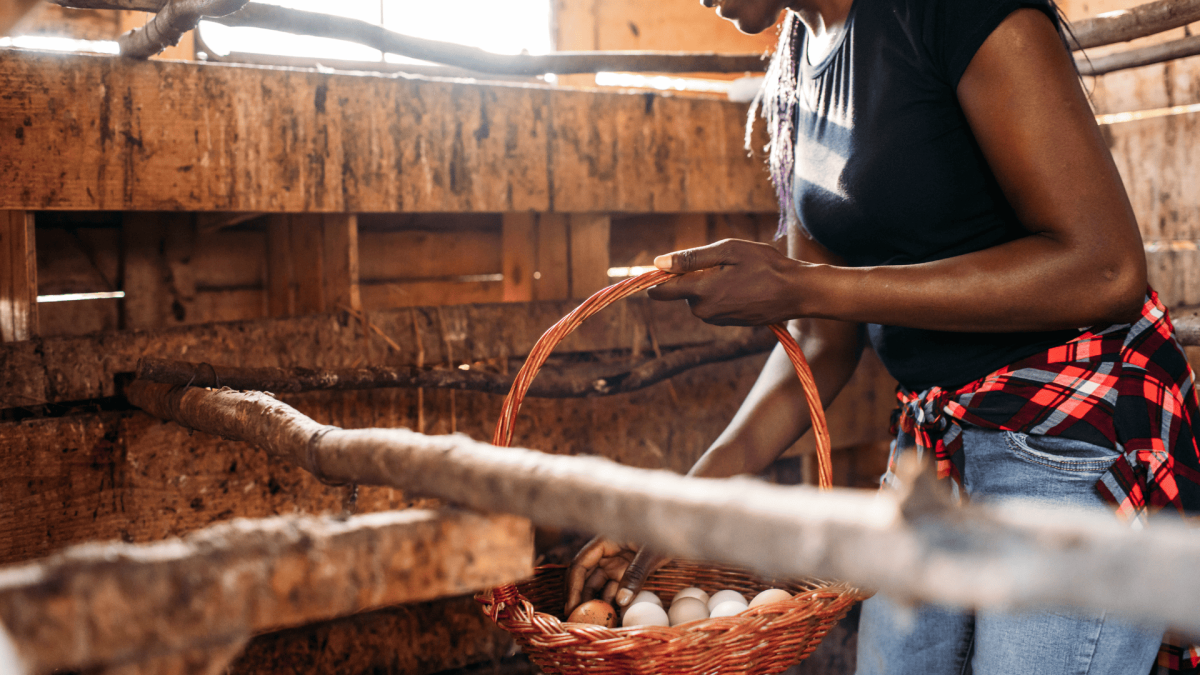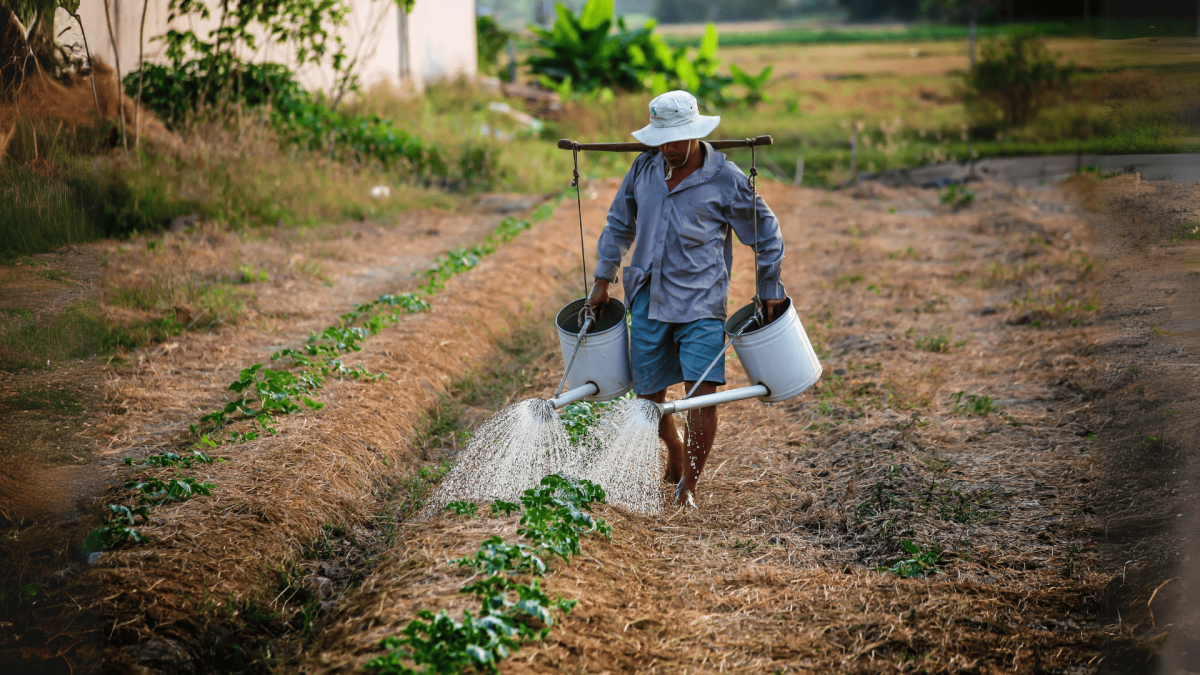Ending hunger by 2030 is the second of the Sustainable Development Goals (SDGs) targets that were internationally agreed in 2015 as a universal call to end poverty, protect the planet and ensure that all people enjoy peace and prosperity by 2030.
But today, just past the halfway mark to the 2030 deadline, progress towards achieving SDG2 (Zero Hunger) is woefully off-track.
According to UN projections, in 2030, more than 600 million people are expected to suffer from hunger. Today, nearly one billion people live with severe food insecurity and regularly do not have enough to eat. And over three billion people across the world are unable to afford a healthy, nutritious diet.

Vulnerable groups, including children, are those most affected. The number of children under five suffering from acute malnutrition is estimated to have been 45 million last year, and this preventable, life-threatening condition remains the single biggest contributor to childhood deaths.
The Global Food Security Summit set out the UK’s vision for 2030 for a food-secure future for everyone: a roadmap to help ensure families everywhere no longer have to send their children to bed hungry. And because smallholder farmers are the beating heart of the global food system, their voices need to be heard at every step of the way in developing and delivering any strategy for a food-secure future.
Smallholder farmers manage 80 per cent of the farmland in sub-Saharan Africa. And it is they who hold deep-rooted knowledge and understanding of the ecosystems they depend on. Locally-led adaptation is almost always more effective than adaptation interventions run in a top-down manner because local actors are aware of the nuanced context in which they operate.
Harnessing science and technology for Smallholder Farmers
What’s important is to ensure that technology is accessible to those producing most of the food: smallholder farmers. Currently, many smallholder farmers struggle to access the high-quality inputs, such as seeds for drought-tolerant crops, they need to adapt to climate change. This is becoming more urgent with every harvest as more frequent extreme weather events result in crop failure.
Smallholder farmers are also underserved by agricultural extension services that disseminate knowledge about how to best use technology. Female farmers are those most excluded from training and access to markets, despite providing the majority of labour on farms.
There are simple and effective solutions to ensuring that technology and information on its use gets into the hands of smallholder farmers, such as the Village-Based Advisor model used by Farm Africa in Kenya, whereby private sector lead farmers offer training, inputs and aggregation services to neighbouring farmers.
This means farmers gain access to the right seeds to grow the right crops, and knowledge on good agricultural practices to ensure a healthy harvest and to cut post-harvest losses.
And female farmers can gain access to the finance they need to buy high-quality inputs by taking part in village savings and loan associations (VSLAs), simple community saving schemes.
A climate-resilient, sustainable agriculture sector and food system
To yield the increased food security the world’s growing population so desperately needs in the face of climate change, it’s vital that support is focused on smallholder farmers, the people producing the majority of the food in the developing world.

Currently, just 1.7 per cent of climate finance for developing countries reaches smallholder farmers. Increasing this even just to 5 per cent could yield a huge return in lifting millions of farming households out of extreme poverty, growing agricultural production in Africa and reversing growing child malnutrition.
The agriculture sector will only achieve sustainability if investment is targeted to lifting smallholder farmers’ agricultural productivity and resilience. With the right support, smallholder farmers can achieve big increases in productivity and resilience.
The right support means all smallholder farmers get support, men and women alike. It means widening access to finance, whether through VSLAs or helping small agribusinesses to formalise and apply for bank loans. And helping farmers to spread their risk by diversifying their livelihoods, which may mean rearing livestock alongside growing crops, or setting up small off-farm businesses as well as farming. And cutting food loss with better storage and links to markets.
International development white paper
The Global Food Security Summit led to the publication of a new white paper on international development, setting out the UK government’s vision for tackling extreme poverty and climate change, and for meeting the SDGs.
Sustainable agriculture is key to achieving the vast majority of the SDGs. And sustainable agriculture depends on championing smallholder farmers. As the countdown clock to 2030 ticks ever louder, we urge that the importance of smallholder farmers in tackling extreme poverty and food insecurity is recognised. As the climate crisis accelerates, the need to build the resilience of smallholder farmers to climate extremes becomes more urgent with every season.
To build a food-secure world for the next generation, it’s time to recognise the importance of smallholder farmers in the global food system. We owe it to the world’s children.
This piece was first published by Farm Africa and has been edited to meet Farming First’s editorial guidelines.



